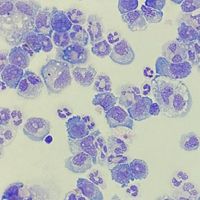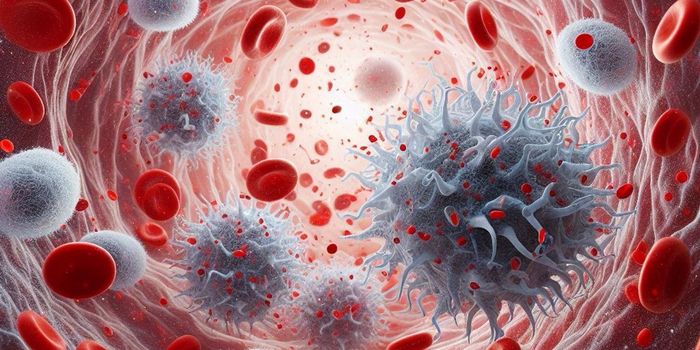Specialized Brain Cells Found to Drive Multiple Sclerosis
Multiple sclerosis (MS) affects the brain and spinal cord limiting movement, vision, and others. Known as an autoimmune disorder, this chronic disease of the central nervous system slows or blocks signals between the brain and the rest of the body. The cause for this blocked signal is due to the deterioration of the myelin sheath around nerves, which helps move signals throughout the body. Symptoms include numbness, tingling, lack of coordination, difficulty walking, blurry vision, vertigo, slurred speech, cognitive problems, and others. Unfortunately, there is no cure for MS, but there are treatments to slow progression and manage symptoms. Scientists are still trying to understand the mechanism behind MS and develop treatments that will improve quality of life for patients.
While there are many different cells that could contribute to the progression of MS, scientists recently report that glial cells may play a critical role in MS development. There are many subtypes of glial cells including astrocytes, oligodendrocytes, and microglia. The difference between glia and neurons is that glia cannot generate nerve impulses. Glial cells are the most abundant cell in the central nervous system and maintain homeostasis through numerous functions including, neurons support, regulating neuron pulses, and forming myelin.
A study in Cell Stem Cell by Dr. Valentina Fossati and her team demonstrated how glial cells contribute to MS using various stem cell models. Fossati is a Senior Research Investigator at the New York Stem Cell Foundation and a Druckenmiller Fellow Alumna. Since her diagnosis of MS in 2009, her research has been focused on better understanding this disease. Her work has led to the development of converting patient stem cells to glial cells to slow down neurodegeneration. The paper recently published is the first to state that glial cells from MS have distinct hallmarks of disease. Interestingly, this conclusion provides critical information about how we view MS and the pathology behind it. Consequently, this report can help provide insight into the develop of novel and more effective therapies against MS.
In the context of MS, immune cells attack the myelin sheath around nerves. Most of the research done in the last few years has focused on stopping this autoimmune dysfunction by blocking immune cells or diverting the immune system from attacking the myelin sheath. However, Fossati and others have discovered that glia within the brain contribute to the development and progression of MS.
The team generated stem cells from skin biopsies from MS patients, which became the largest collection of MS patient stem cells to date. They then converted these stem cells into glial cells to study their function in MS. In this case, researchers were able to independently study glial cells without the influence of the immune cells around them. Researchers found that the stem cell derived glial cell cultures had much fewer oligodendrocytes, which are responsible for the production of myelin. This finding is paradigm shifting because MS was previously thought of as a dysfunction of the immune system; however, this work demonstrates it is more dependent on cells within the brain that drive MS. This discovery will redirect therapeutic approaches toward MS by shifting the focus toward glial cells compared to immune cells. Not only does this research change the way we approach studying MS but provides foundational knowledge that could effectively treat and possibly cure patients.
Study, Cell Stem Cell, Valentina Fossati, New York Stem Cell Foundation








